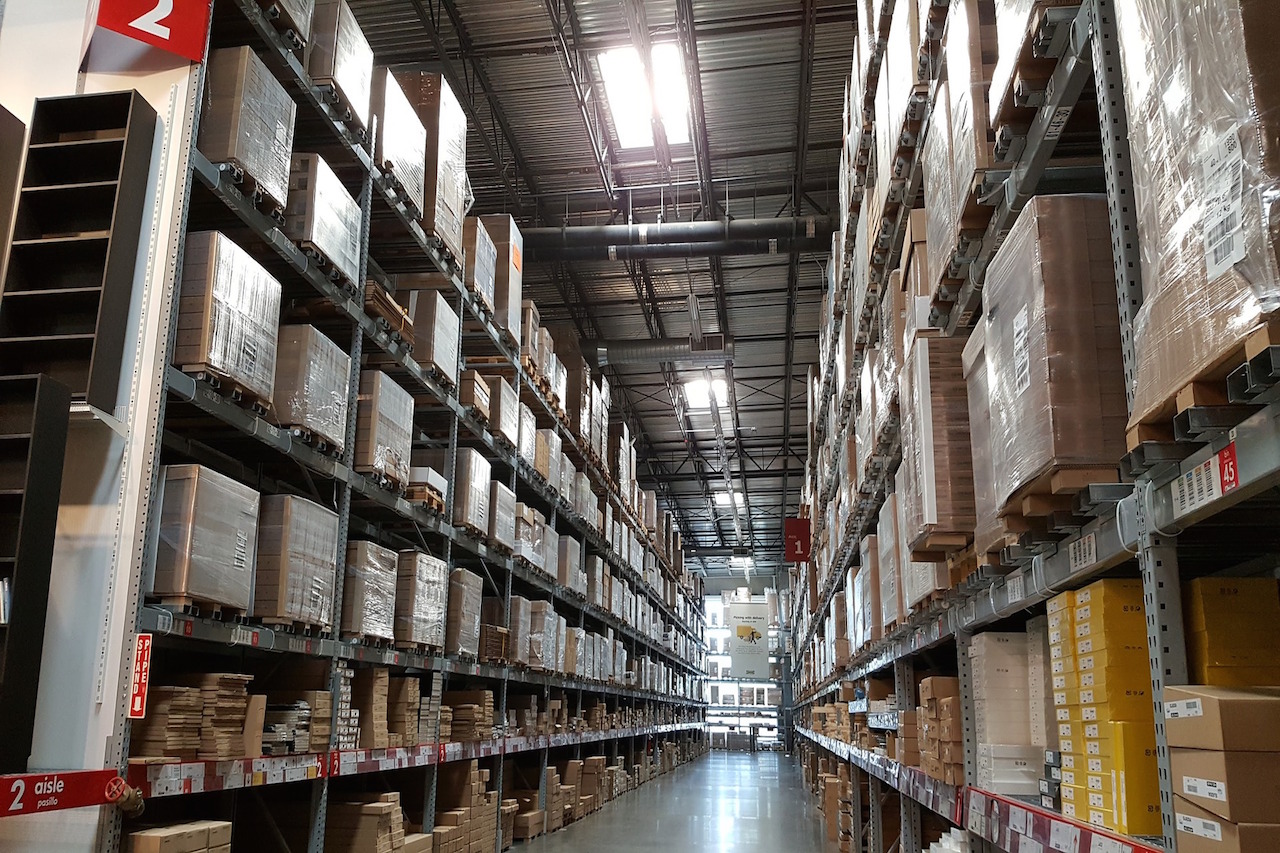More and more companies are turning to third-party logistics providers in order to streamline their supply chain management operations.
From rising transportation costs to increasingly shorter order fulfillment timelines, manufacturers and retailers face a constantly expanding list of logistical challenges. Fortunately, today’s third-party logistics (3PL) providers are experts not only in end-to-end supply chain logistics coordination and management but in technology integration and warehousing and distribution support, as well. With their support, smaller companies have adapted to today’s marketplace with creative shipping strategies that generate value throughout the supply chain.
An effective, dynamic 3PL can help manufacturers and retailers streamline their supply chains and minimize the waste created during warehousing and distribution. If you’re looking to revamp your shipping program, we’ll outline some of the ways in which a 3PL can introduce value into it, and your warehousing and distribution strategies in particular.
1. Omnichannel Fulfillment Support
Providing a seamless experience across a wide variety of distribution channels is one of the greatest challenges that modern retailers face. Keeping up with rising consumer expectations and high-tech competitors requires a truly omnichannel approach, and many older, more traditional companies are simply not equipped to do this effectively on their own.
A company that sells its products to a big-box retailer such as Wal-Mart, for example, must ensure that it’s packaging, product labeling, and shipping operations all adhere to the retailer’s strict standards. This task is complicated enough if the company has contracts with multiple retailers, but since these orders require unique return labels, printed catalogs, and specialized instructions or messages, it becomes even more complicated when the company starts sending products directly to consumers.
Keeping all of these protocols straight can become overwhelming, but a 3PL can rely on its cutting-edge logistics software to efficiently manage each channel, greatly reducing pressure on the retailer as it distributes its goods.
2. Built-In Technology Integration
In the current marketplace, retailers need to integrate their warehouse management system (WMS), enterprise resource planning (ERP) platform, and transportation management system (TMS) to ensure that order data moves seamlessly through the supply chain without getting lost. While many companies lack the funds and expertise needed to install this infrastructure, many 3PLs can integrate their own WMS into a customer’s existing systems, connecting every program in the customer’s supply chain and helping retailers achieve a panoramic view of their product’s journey from the manufacturer to the customer. As a result, the customer can effectively track its inventory throughout the warehouse and at every stage of distribution.
3. “Last Mile” Configurations
The ability to respond to last-minute demands gives companies an upper hand over less agile competitors. While this often forces companies to delay final product configurations until the last possible touchpoint, a 3PL can make this restraint much more manageable. A big-box retailer, for example, might want an item delivered in a five-pack, while a second big-box retailer might want to sell it in a three-pack.
While a reliable, attractive supplier needs to accommodate these preferences, doing so on a company-wide scale can become cumbersome. By letting a 3PL handle final-stage kitting and packaging operations like these, a company can substantially reduce the complexity of its upstream warehousing and distribution center activities. As a result, it can focus on creating the best products it can without having to worry about the minutiae of every order.
4. Driving Additional Value in the “Amazon Age”
It’s certainly no secret that selling through Amazon is a non-negotiable requirement for any retailer looking to remain competitive in the eCommerce market. With more than 310 million active users (65 million of which are Prime subscribers), companies can sell directly to a massive captive audience without having to take on the operational and manufacturing overhead that was once associated with that kind of reach.
The company’s Fulfillment by Amazon program is what makes it all possible. In a nutshell, Amazon will store your products, fulfill customers’ online orders, and handle any and all customer service-related issues — all you have to do is send them your merchandise. Of course, in order to maximize the amount of value you’re getting out of this arrangement, your cargo needs to be shipped to the fulfillment centers in the most efficient way possible. Some 3PLs can help identify opportunities for additional savings within the Fulfillment by Amazon program, streamlining the packaging and transportation process to increase your ROI.
Finding the Right Third-Party Logistics Partner
Primary Freight has the tools and expertise necessary to provide companies with all of the above benefits — and many more. Our dedicated and knowledgeable team is committed to crafting innovative, outside-the-box logistics solutions, and customized technology configurations in order to ensure the success and satisfaction of each and every one of our partners.
If you’d like to learn more about what makes Primary Freight an ideal shipping and logistics partner, give us a call today at (800) 635-0013.
